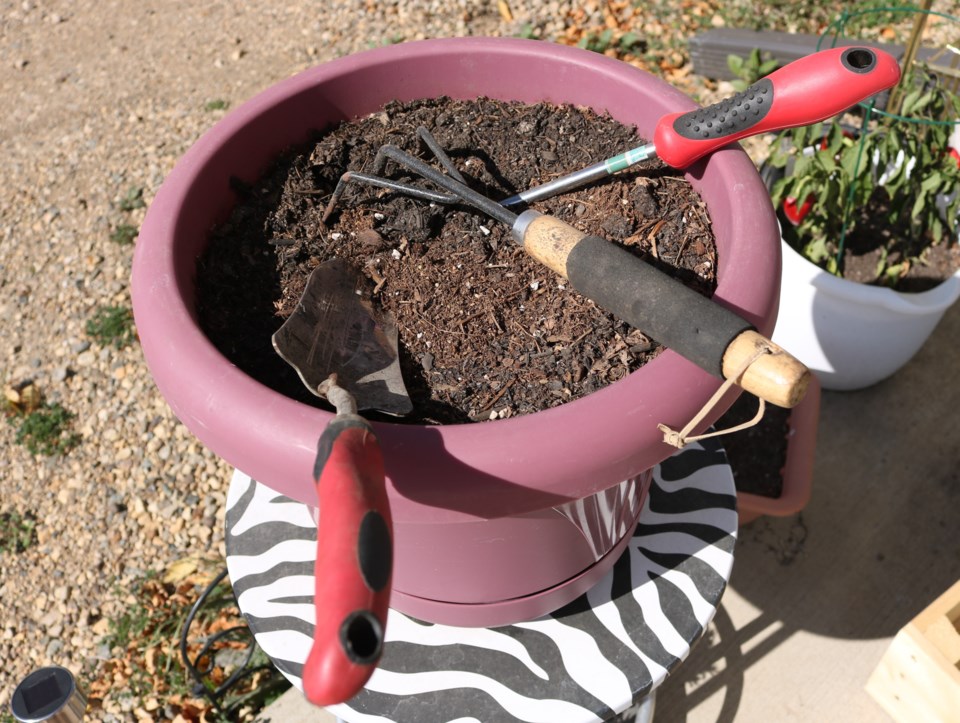YORKTON - It’s amazing how time is marching on: the summer solstice takes place on Tuesday, June 21. That is officially the first day of summer, and the longest day of the year. If we could see the earth from space on that day, the North Pole would be tilting towards the sun, giving residents of the northern hemisphere the longest day and the shortest night of the year. And after that, my gardening friends, the days will be technically getting shorter. Before we get discouraged, it will be a long time before we notice that chance, and we still have plenty of time to enjoy those long, warm days of summer.
Today let’s talk about strawberries. Why? This is the time of the Strawberry Moon, the name of the full moon in June. The full moon was last night, June 14, and it was a supermoon. That means it was slightly closer to us than a normal full moon. And if we’re wondering why it is called a Strawberry Moon, that is because strawberries that start producing in June are ready around this time; it is also called the Berries Ripen Moon or the Planting Moon.
So now, let’s talk strawberries. The strawberry has been around for hundreds of years, a delight that came into being by a cross from a North American and Chilean plant in France. Let’s pause for a moment: we’ve all heard funny statements such as “a tomato is a fruit” and “rhubarb is a vegetable” and “a strawberry is not really a berry”. What does all this mean?
Okay, class. The fact behind those statements is that if we look at a plant, the root, stem and leaves are considered a “vegetable”. Anything that is not a root, stem or leaf is a “fruit”.
Now hang on to your gardening hat. Strawberries are not berries because the part that we think of as the “berry” actually has a scientific name: “fleshy receptacle”. This fleshy receptacle holds the “fruits” of the strawberry, the little dark things that we call the seeds. They are actually called “achenes” and they are really the fruit. That is why the strawberry is often called a “false fruit” or a pseudocarp. And that’s the science behind the strawberry.
But complicated as they are, they are delicious, and we can grow them in our gardens. Mom had a strawberry patch in her garden, and what a joy it was to take a bowl out there, fill it with strawberries, and bring them in where we enjoyed them mashed up with cream. Heaven!
There are three kinds of strawberries: “June bearing” strawberries that start producing around this time and keep producing till July; “everbearing” which have crops in summer and fall; and “day-neutral” which produce strawberries all summer.
Strawberries spread by runners. These are the delightful parts of the plant that make our strawberry patch bigger without any effort on our part. (Note to remember: they can become invasive if the runners aren’t kept under control, so be watchful!) Our strawberry patch should be located in a sunny spot that gets at least ten hours of sun a day. They like rich soil, so if we have compost, the plants will benefit greatly from either a top-dressing or a generous serving mixed in at the time of planting. They like regular watering, but do not like wet feet. Water them in the morning so that they are dry by evening. They like to have plenty of space so space them at least a foot apart, and we shouldn’t plant the crowns too deep.
There is so much to learn, who knew strawberries had such a story! Gardeners, visit the hort society at www.yorktonhort.ca and see what’s coming up. Thank you to our friends at YTW for their great work every week.
Enjoy working in your garden, maybe enjoy some strawberries for dessert, and have a great week!





